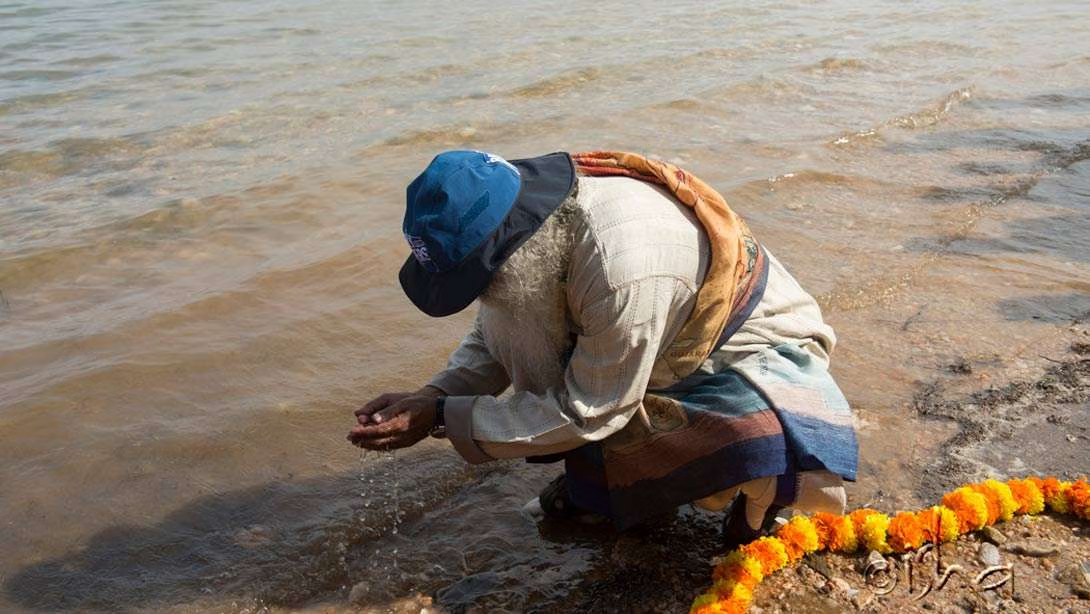Now Reading: Cultural Ties to Rivers
-
01
Cultural Ties to Rivers
Cultural Ties to Rivers

Rivers in India are more than bodies of water—they are lifelines that shape culture, tradition, and daily life. For people in Tier-2 cities, rivers often connect communities, support livelihoods, and preserve heritage. Beyond utility, rivers hold spiritual significance, inspire art, and influence festivals, making them central to the social and cultural fabric of the nation.
Historically, rivers have guided settlements and trade. Towns and villages grew along their banks, benefiting from water for agriculture, transport, and daily use. This practical relationship with rivers fostered community development and local economies.
Rivers also carry deep spiritual and cultural meaning. Ceremonies, rituals, and festivals often take place on riverbanks, reflecting beliefs about purification, prosperity, and harmony with nature. These practices strengthen communal bonds and preserve traditions over generations.
Art, music, and literature have long drawn inspiration from rivers. Folklore, songs, and paintings celebrate their beauty, power, and symbolism, connecting people emotionally to the water that sustains their lives.
However, modern development challenges these cultural ties. Pollution, encroachment, and mismanagement threaten the health of rivers, impacting both communities and traditions. Awareness and responsible stewardship are essential to maintain these living legacies.
In conclusion, rivers are not just geographical features—they are cultural pillars. For residents of Tier-2 cities, protecting and engaging with rivers preserves heritage, supports communities, and keeps alive the traditions that define India’s identity.

























